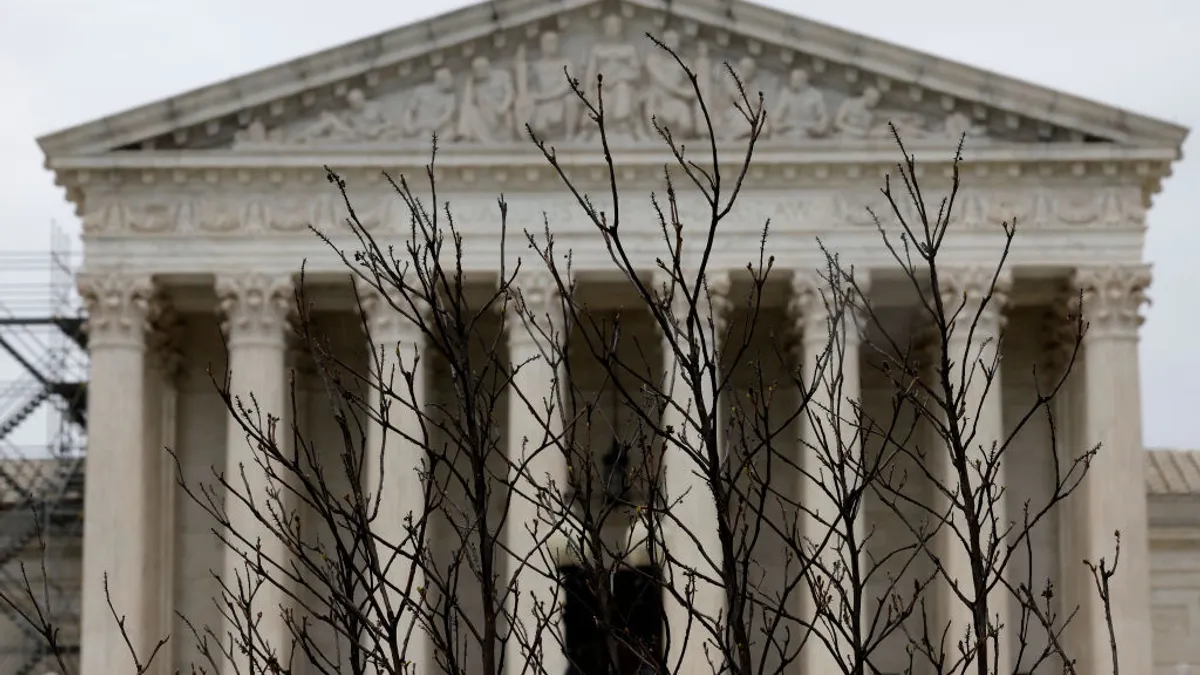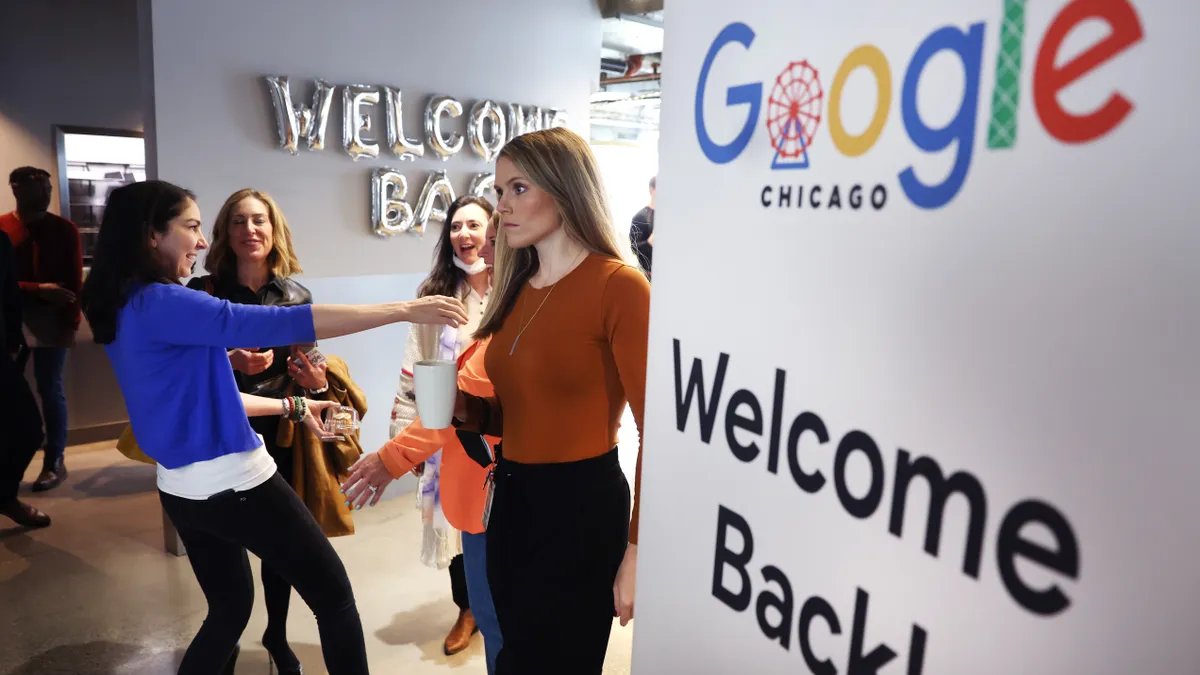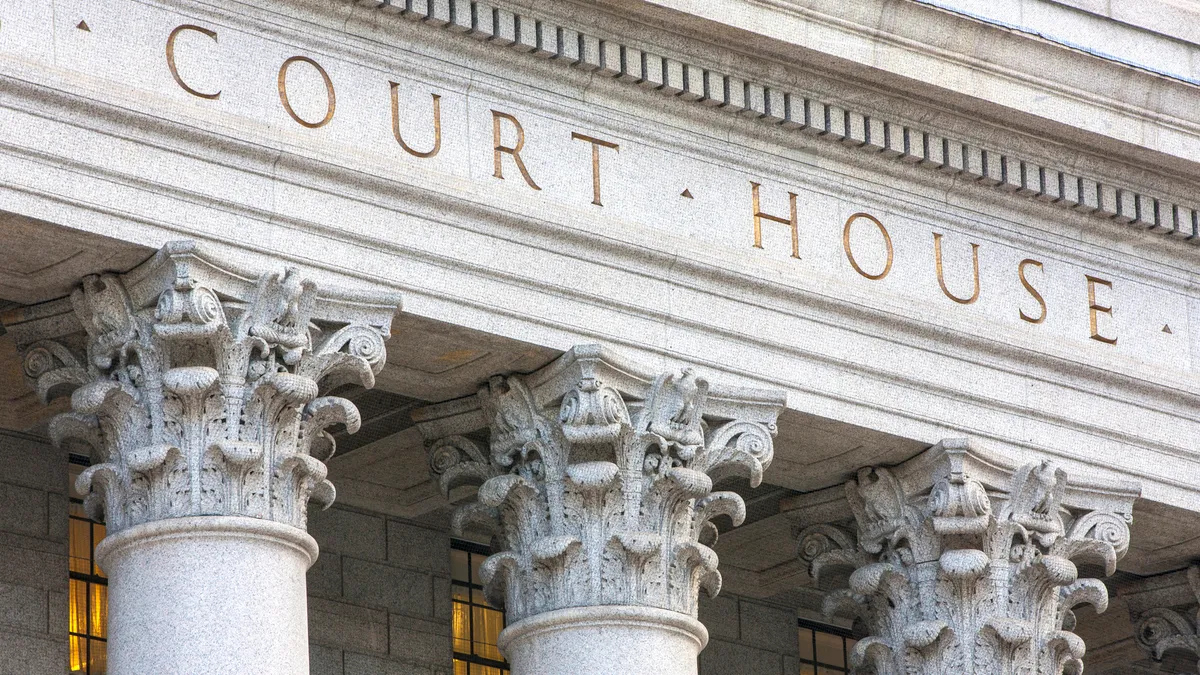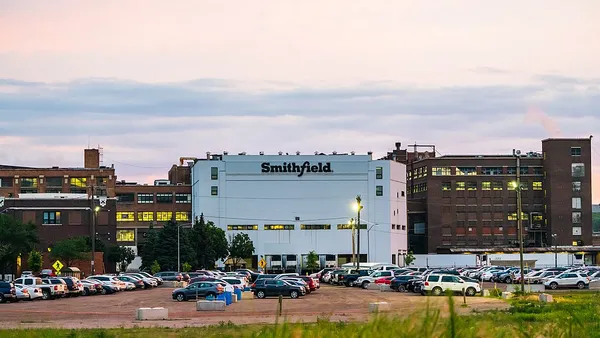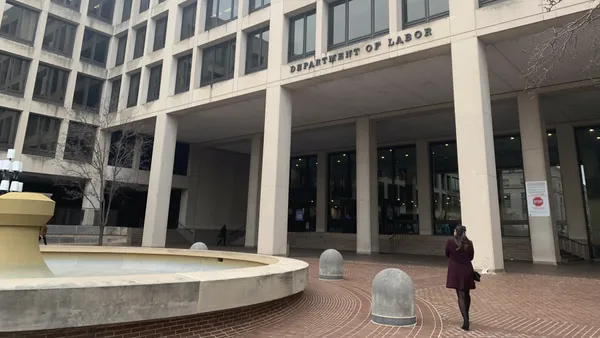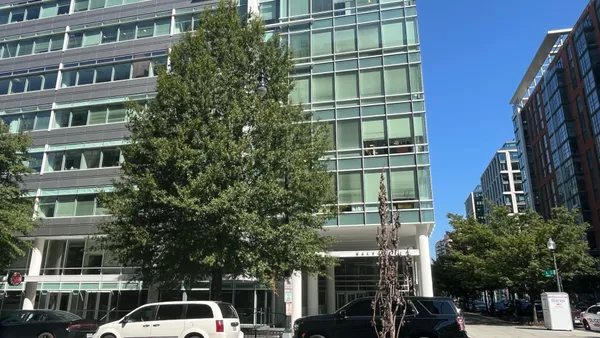UPDATE: Jan. 16, 2024: This article has been updated with comments from Starbucks.
Dive Brief:
- The Supreme Court on Friday granted Starbucks’ writ of certiorari in cases relating to the reinstatement of seven fired workers, meaning the court will hear challenges to the National Labor Relations Board’s decision to seek — and lower courts’ decisions to grant — Section 10-(j) injunctions.
- At issue is the test used by federal courts in Section 10-(j) injunctions to determine whether to grant injunctive relief in cases where the NLRB is adjudicating unfair labor practice allegations. The NLRB, in the case of seven pro-union baristas Starbucks fired in 2022 — dubbed the Memphis Seven — used a two-factor test. Starbucks argues a four-factor test should’ve been used.
- Were the Supreme Court to institute a more stringent Section 10-(j) test as a result, the NLRB would have greater difficulty seeking injunctions against unfair labor practices, including in cases when workers were fired for organizing.
Dive Insight:
Four circuit courts use Starbucks’ preferred test, according to the company’s petition for a writ of cetiorari, while five use the test with a lower threshold. Starbucks argues the test is “outcome-determinative,” meaning there are significant differences between the tests. Namely, Starbucks claims the four-factor test limits Section 10-(j) injunctions to “an extraordinary remedy that may only be awarded upon a clear showing that the plaintiff is entitled to such relief.”
The company argued the standard used by lower courts, including the Sixth Circuit Court of Appeals, meant the NLRB needed to show that there was “‘reasonable cause to believe that an unfair labor practice has occurred” for an injunction to be the appropriate remedy. The lower courts found there was reasonable cause to believe Starbucks dismissed the Memphis Seven for organizing.
The NLRB, in its response to Starbucks’ petition seeking a writ of cert, noted that Starbucks in its initial appeal “did not contest the district court’s reasonable cause finding.”
The NLRB also argued that differences between the two standards at issue “are essentially terminological rather than substantive,” because the “reasonable cause” process is similar to the “likelihood of success” standard for which Starbucks is asking, and the test to determine whether injunctive relief is “just and proper” encompasses the other elements of the four-factor test.
The NLRB’s response also argued that Starbucks misstated the stringency of the two-factor test, the frequency with which the NLRB has recourse to Section 10-(j) injunctions and the overall frequency of litigation arising from alleged unfair labor practices.
By granting the writ of certiorari, the Supreme Court is indicating that there is a substantial enough difference between the two tests to merit argument before the highest court in the United States.
Starbucks Workers United, in a statement emailed to Restaurant Dive, said the company was seeking “a bailout for its illegal union busting” from the Supreme Court. “There’s no doubt that Starbucks broke federal law by firing workers in Memphis for joining together in a union” the union said. “The district court determined that, and the decision was affirmed by one of the most conservative [circuit] courts in the nation.” SBWU said the case represented an escalation and that Starbucks was waging legal warfare against all workers in the United States.
In an email to Restaurant Dive, Starbucks said it was happy the court decided to take up the case and framed it as a way to “reconcile an inconsistency in how NLRB 10(j) injunction requests are evaluated.” The company said the Supreme Court case was separate and distinct from its stated goal of reaching a contract with Starbucks Workers United by 2025.




